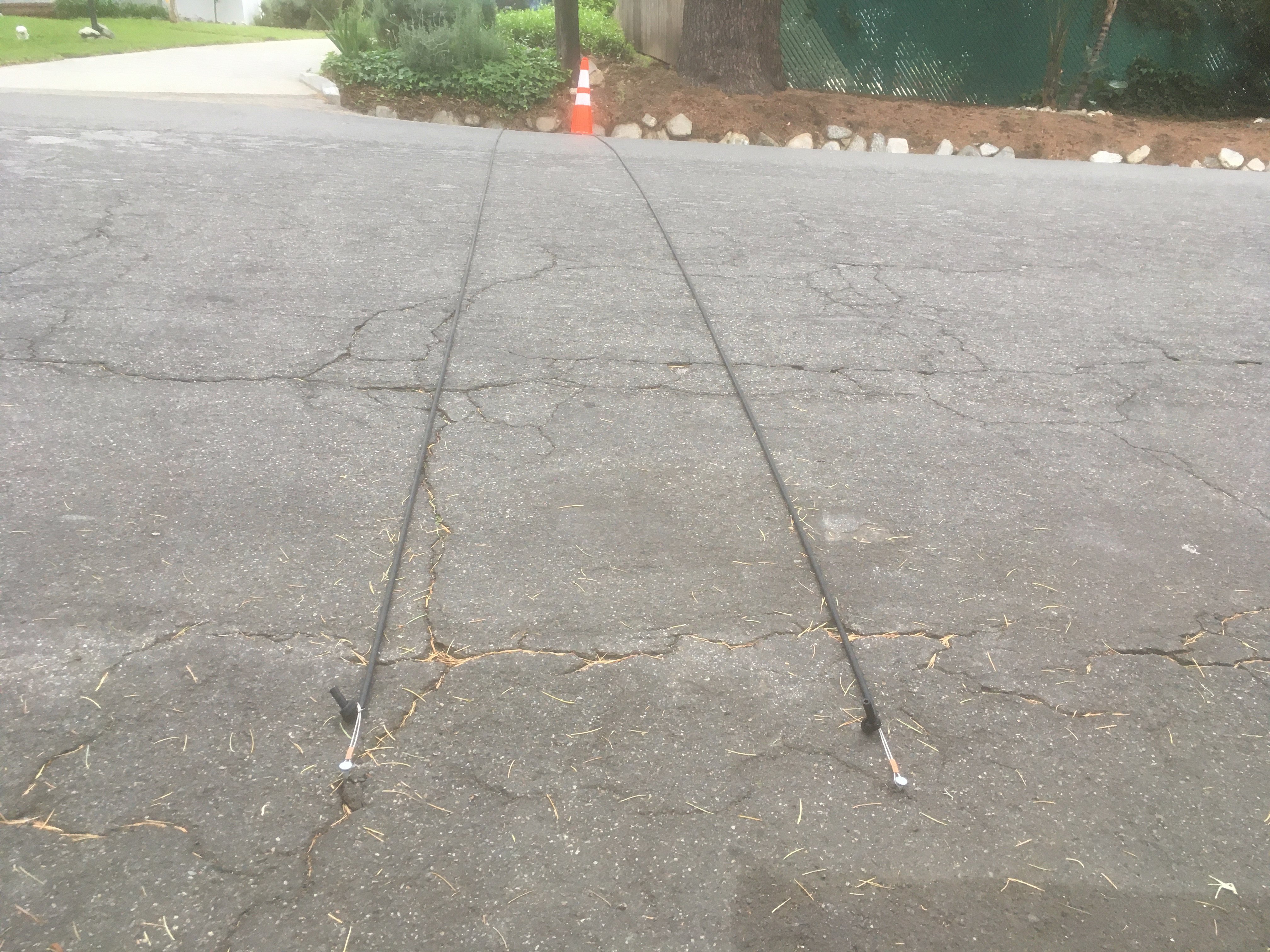this post was submitted on 28 Apr 2024
168 points (98.3% liked)
What is this thing?
6544 readers
3 users here now
Let us help you identify that mysterious object you’ve found.
Currently in CHALLENGE mode: If you've got something obscure knocking about, post a picture, and let's see how we do. Please prefix such posts with "CHALLENGE:" so we know we've got a fighting chance.
founded 2 years ago
MODERATORS
you are viewing a single comment's thread
view the rest of the comments
view the rest of the comments

They measure speed (how long between compression of each hose), direction (which hose was hit first), weight (how much was each hose squeezed), and axel count (how many pairs of wheels went over).
When you are calculating road wear, number of axels (and weight) is more important than number of vehicles.
You can often derive the number and type of vehicles by the pattern of “hits”. A passenger car will have a different pattern than an 18-wheeler; a van will have a longer wheelbase than a motorcycle, etc.
It blew my kond ehen i foind oit that engineers won't even factor in cars when designing major bridges because they are essentially a rounding error compared to semi-trucks.
Kinda true. Regular cars have an Equivalent Single-Axle Load (ESAL) of 0.0004. Basically, it takes about 9,600 cars to put as much wear on the pavement as one 5-axle Semi.
Similar story for bikes and foot traffic, vs cars IIRC. You can have a staggering number of bikes and foot traffic with very light wear.
That’s the secret of Roman roads